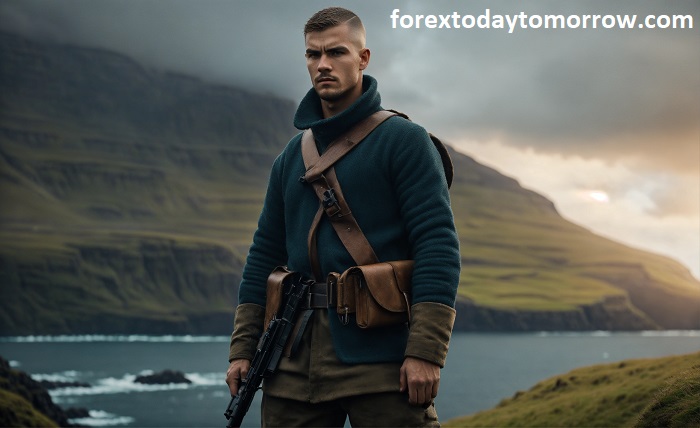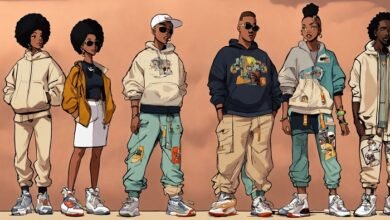Kilts and Conquerors: Debunking the Viking Kilt Myth

Vikings, with their fierce reputation and iconic imagery, have captured our imaginations for centuries. Popular culture often depicts them wearing kilts, adding a touch of rugged individualism to their attire. But did these fearsome warriors truly don plaid skirts as they raided and explored? Let’s delve into the fascinating world of Viking clothing and separate fact from fiction.
The Threads: What We Know About Viking Clothing
Archaeological evidence and historical accounts paint a different picture than popular portrayals. Vikings primarily wore loose-fitting trousers made from wool or linen. These were often tied at the knee with leather thongs or secured with a belt. Additionally, they wore long tunics and woolen socks for warmth. Leather footwear, often pointed and turned up at the toe, completed their ensemble.
The Kilt Connection: Where the Confusion Stems From
So, where did the image of the kilted Viking originate? There are several possible explanations:
Artistic License: Early artists and storytellers, unfamiliar with Viking attire, drew inspiration from existing Celtic cultures, where kilts were worn. This created a visual shorthand for “ancient warrior” that stuck in popular consciousness.
Fusion of Cultures: Later interactions between Vikings and Celtic groups, particularly in Scotland, could have led to some cultural exchange in clothing styles. However, evidence suggests this influence was likely limited and specific to certain regions.
Modern Adaptations: Modern re-enactments and fictional portrayals often utilize kilts due to their visual impact and association with Scottish heritage, which shares some historical connections with the Vikings.
Kilts vs. Leggings: Similarities and Differences
While not kilts in the modern sense, Viking trousers sometimes featured folds that could appear kilt-like from a distance. Additionally, some cultures neighboring the Vikings did wear garments resembling kilts. However, these were distinct from Viking attire and served different purposes.
Beyond Clothing: Viking Fashion
Viking clothing went beyond mere practicality. It served as a marker of social status, with wealthier individuals sporting finer fabrics and embellishments. Jewelry, intricate hairstyles, and tattoos also played a role in expressing identity and cultural significance.
The Richness of History: Moving Beyond Stereotypes
While the “Viking kilt” image is ingrained in popular culture, it’s important to recognize it as a historical misconception. By delving into the fascinating world of Viking clothing and cultural practices, we gain a deeper understanding of these complex and adaptable people.
Conclusion
So, the next time you see a Viking sporting a kilt in a movie or book, remember it’s a creative invention rather than historical fact. However, appreciating the rich tapestry of Viking culture, including their unique clothing traditions, allows us to engage with their history in a more informed and nuanced way. So, ditch the kilts and explore the true richness of Viking attire—you might be surprised by what you discover!
FAQ
- Q: Did Vikings wear any clothing resembling kilts at all?
A: While not kilts in the modern sense, some Viking trousers featured folds that might appear similar from a distance. Additionally, neighboring cultures wore garments resembling kilts, but these were distinct from Viking attire.
- Q: Why did the misconception of Viking kilts arise?
A: Artistic license, cultural interaction, and modern adaptations, like re-enactments, all contributed to the kilt association.
- Q: What did Viking clothing tell us about their culture?
A: Clothes served practical purposes and also communicated social status through fabric quality and embellishments. Jewelry, hairstyles, and tattoos further expressed identity and cultural significance.
- Q: Where can I learn more about actual Viking clothing?
A: Museums with Viking artifacts, historical texts, and documentaries offer deeper insights into their attire and cultural context.
- Q: Can we appreciate fictional portrayals even if they are inaccurate?
A: Certainly! Fictional stories can spark interest and lead to further exploration of historical realities. However, recognizing the difference between creative invention and factual representation is crucial for a holistic understanding.



